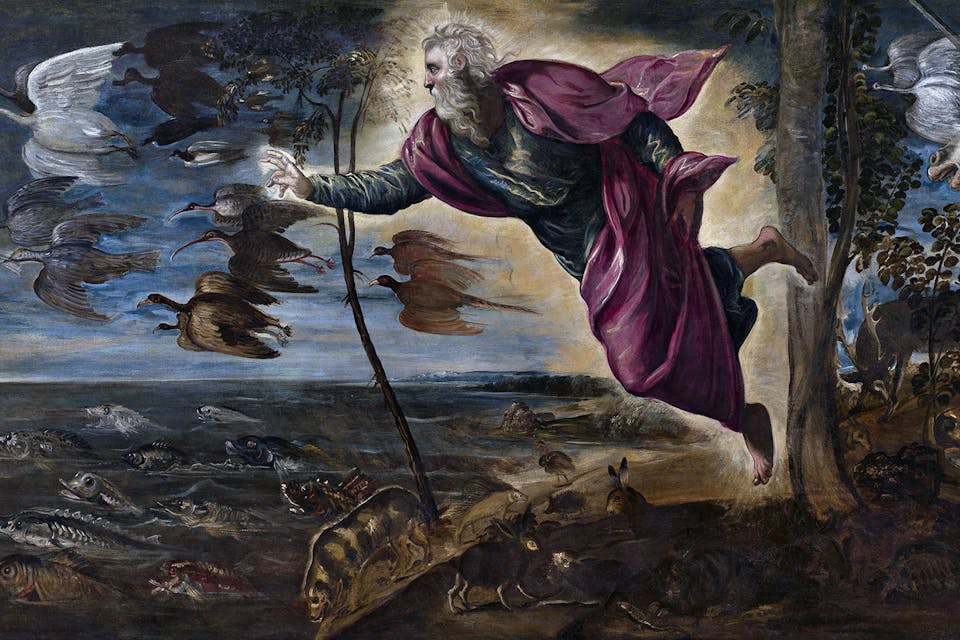
July 17, 2019
Tintoretto and His Jewish Neighbors
Art historians have almost completely ignored the many connections between the great Old Master and the Jews of Venice. Is there more to be said?
Standing in the largest room of the recent exhibition Tintoretto: Artist of Renaissance Venice at the National Gallery of Art in Washington, I was tempted to judge this Old Master, known for his dramatic staging and intense light, by the company of his sitters. In one enormous painting from c. 1575, Alvise Mocenigo, the doge—that is, highest official—of Venice and his family peer out at us while behind them are the Madonna and Child: the Holy Family itself.
A few years before Tintoretto created this picture, which suggests that the doge’s wealth and power have won his family an audience with divinity, Mocenigo had advocated the expulsion of the Jews from Venice. Chiming in, his brother Giovanni, depicted in an adjacent Tintoretto portrait, had said that accepting baptism was the only way the city’s Jews could be freed from forced labor.
In fact, nearly every juncture in the life of Jacopo Robusti (1518-1594), who became known as Tintoretto (“little dyer”) after his father’s profession, was marked by significant events affecting the city’s Jews. Born two years after the debut of the Venetian ghetto, the city’s newly gated Jewish quarter, he lived two small islands away from it. So he must have been aware of the public burning of the Talmud in 1553, and the incineration of additional thousands of Jewish books in 1568. Both conflagrations occurred in the Piazza San Marco, a location that might be likened to Times Square at high noon.